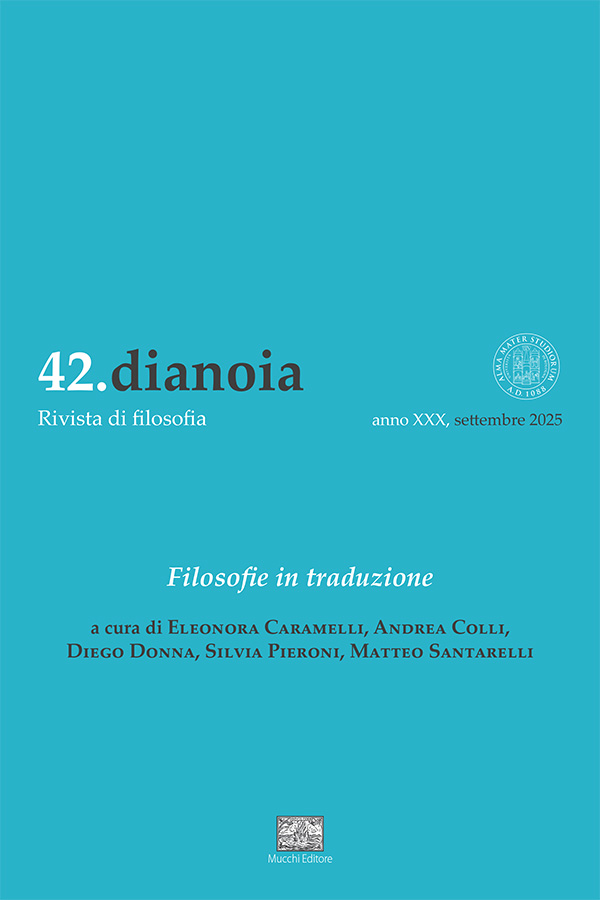This paper focuses on a case study that concerns the question of untranslatability and its philosophical status. Before the 1822 decipherment of the Rosetta Stone, the notion of the hieroglyph as a limit-case of untranslatability played an important role in philosophical endeavors from the Neoplatonists to the Romantics. What can be learned from the exploration of this case study of untranslatability? The paper argues that there are two important strands within the pre-decipherment interpretation of Egyptian hieroglyphs: a strand of enigma/veiledness (starting with Plutarch) and a strand of transparency (drawing ultimately on Plotinus’ notion of hieroglyphs as images offering a kind of non-discursive knowledge, a notion that was picked up by Ficino and others in the Italian Renaissance). I propose that this tradition of interpretation can be viewed not only as a limit case for theories of translation but also as an example of how broader cultural and philosophical issues are intimately linked to the putative task of translation.
Keywords: Hieroglyph, Symbol, Untranslatability, Neoplatonism, Romanticism.



